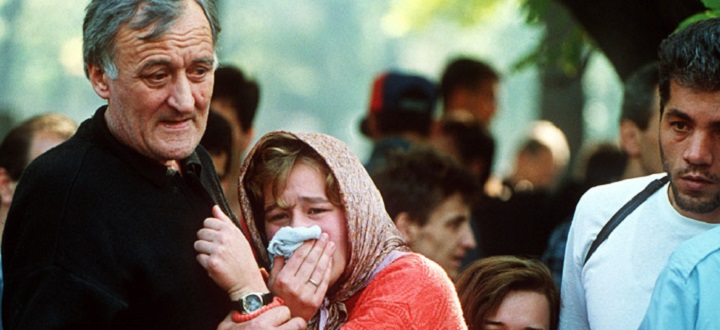The end of the Cold War saw the outbreak of separatist conflicts around the world. Many were extremely bloody and almost all proved difficult to resolve. In Bosnia, nearly 100,000 people lost their lives in three years of bloodletting. But wars do come to an end - often with the help of a peace agreement.
“Separatist conflicts continue to cause instability and human misery, which makes it important to understand how best to resolve these conflicts and how to secure lasting and equitable peace agreements,” says Dr Nina Caspersen from our Department of Politics, who is leading a British Academy funded project investigating peace agreements following the end of the Cold War.
Find out more about Dr Caspersen's research in her presentation at YorkTalks 2016
Her research looks at 20 agreements that have been signed since the fall of the Berlin Wall. The goal is to identify key trends and commonalities in these agreements, which range from one or two page documents to some that are over 200 pages long.
“I am interested in what works and what doesn’t in a peace agreement. If we can identify the kinds of things that always cause problems and the combinations that should be avoided, then we can perhaps help design better and more lasting agreements in the future.”
The longer and more violent a conflict has been, she says, the more complicated the solution needed to resolve the issues.
Self rule
“I examine how the agreements deal with territory, security, political power, justice and rights. But what is really important is how these institutions interact. Almost all of the agreements include minority self-rule, but the extent of this varies widely.
“In some you practically get a state within a state, and the autonomous region has its own flag, government, police force, army and currency. At the other end of the spectrum, what is created is not much more than a very powerful local council.”
Dr Caspersen says one of the things that most surprised her is that human rights issues do not figure prominently.
Human rights
“After the end of the Cold War there has been so much talk about human rights and the international community has focused prominently on this issue - but although these agreements are almost all written in the language of human rights, it has very little substance.”
She adds: “A peace agreement is invariably imperfect, but they can be improved: ambiguity should be avoided, enough resources should be supplied to the autonomous regions, despite fears of renewed secessionist attempts, and both the process and the agreement should be broadened.”
The text of this article is licensed under a Creative Commons Licence. You're free to republish it, as long as you link back to this page and credit us.





